
OR


Suresh Sharma
The author, former Spokesperson of Nepal Army, is Chief Executive Officer at Nepal Institute for Strategic Studiesnews@myrepublica.com
Fake news of Chinese encroachment is a part of deliberate move to discredit China and to distract the attention of Nepalis from Kalapani-Lipulekh-Limpiyadhura region encroachment from Indian side.
Psychologists Gordon Pennycook and David Rand claim “only unexpected information can filter through to higher stages of processing” because human responses gradually reduce ability to examine reliability of same information and the brain finally learns they are true. The common citizens do not have the ability to distinguish such misinformation that largely determines its speed, reach, and impact to convince target audience.
The recent example is disinformation disseminated via national and foreign media about Chinese encroachment of lands in Nepal’s territory. The fake news reports cited Department of Survey under Ministry of Agriculture claiming Chinese encroachment in Nepali territory in seven districts of Nepal along the border with China.
One print outlet in Nepal quickly apologized for publishing the fake news but Indian press still seems to believe in the fake report even after Nepal’s Foreign Ministry on June 25 issued a statement refuting land encroachment from Chinese side and suggested “media to verify the information from relevant authorities before disseminating it.” Ministry of Agriculture and Livestock Development also clarified that it has never issued any report related to encroachment. There exists no survey department under ministry of agriculture—the largest proof of how the allegations of Chinese encroachment were willfully manufactured and spread.
Such fake news was categorically shared by “fifth columnists” through social media to spread distrust against a particular country.
That fake China-encroachment report is disseminated in the wake of Nepal’s claim for its own land in Kalapani, Lipulekh and Limpiyadhura indicates many things.
Here is a context. After India brought out a new map by including Kalapani, Lipulekh and Limpiyadhura area on November 2, 2019, there were huge protests across the country. There were nation-wide demonstrations. Then some little known Nepali media started to spread the fake news about Chinese encroachment of Nepali land. Then The Hindustan Times of India picked the same fake report and spread it further. On November 13, 2019 it wrote: “Nepal protestors burn Xi Jinping’s effigy in protest against Chinese encroachment of Nepal’s land”. Some photographs were also shared through social media to reinforce the belief.
Some Nepali politicians also started to make opinions based on the same fake reports. This scribe has confirmed those effigies were burnt by a handful of people in three different parts of Tarai but the encroachment story was a pure fake.
In Nepal social media sites are popular mediums to circulate information and personal opinions. You Tube, Facebook and Twitter are user-friendly and effective means to disseminate news and stories quickly. But these sites also have become a medium for ill-intentioned politicians to create distrust against Nepal’s close neighbor.
A prominent Nepali Congress leader and former minister Bimalendra Nidhi spread this fake report through his tweet and appealed the government to do something about it. On June 23, he wrote that Nepal’s land in Humla, Rasuwa, Sindhupalchowk and Sankhuwasabha districts and specifically, Rui village in Gorkha, were encroached on, even occupied, by China. This is one example of how even politicians fall for fake news.
It is clear that fake news of Chinese encroachment is a part of deliberate move to discredit China and to distract the attention of Nepalis from Kalapani-Lipulekh-Limpiyadhura region encroachment from Indian side. The manipulation of such information strengthens effect of beliefs in society where a significant number of citizens do not have access to other forms of information or prefer not to delve further.
Disinformation efforts to disparage China with baseless rumors are more visible these days. So a lot of misinformation is making rounds about Hong Kong, Xinxiang, Tibet, LAC between India and China, East and South China Sea, String of Pearls, BRI and so on. There have been many narratives that we frequently hear but cannot exactly ascertain truthfulness.
All media outlets need to realize that spreading fake news seriously affects the society and the nation. Such fake news can also become the means to create distrust and misunderstanding between Nepal and its neighbors. Media should avoid such fake stories. Fake reports also pose threat to our national security. If the wrongdoers are not identified and punished, such fake news dissemination can create hostility between the countries.
The counter intelligence instrument of a nation should build capability to identify the originator of disinformation and stop it at its source. Otherwise the subversive impact of disinformation can be more damaging.
The author is a former Spokesperson and Brigadier General (Retired) of Nepal Army
You May Like This
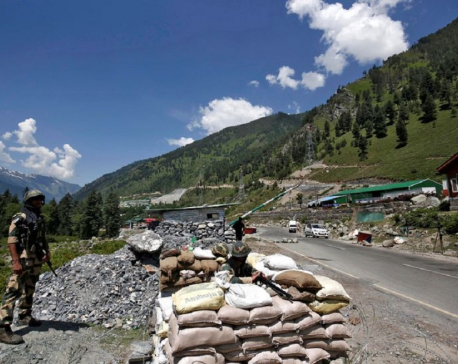
Indian, Chinese commanders hold parley on border amid growing calls to boycott Chinese goods
NEW DELHI, June 22: Indian and Chinese military commanders held a second round of talks to ease tensions at their... Read More...
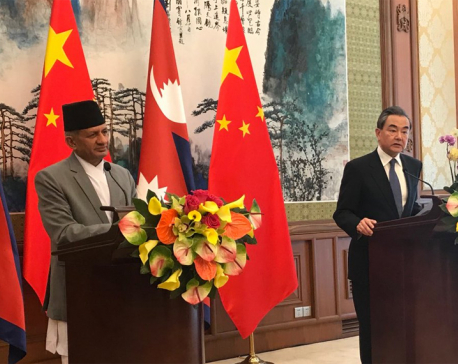
In China, foreign minister Gyawali dreams to travel in China by modern train
BEIJING, April 18: Nepal is a natural area for cooperation between China and India, the Chinese government’s top diplomat State... Read More...
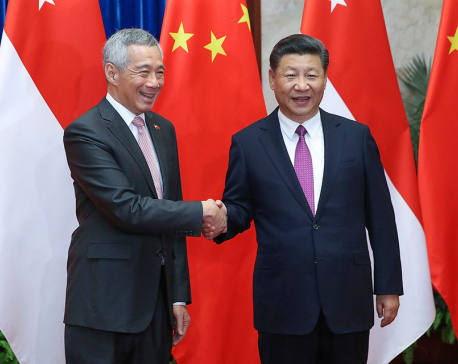
China protests US Navy sailing near South China Sea claims
BEIJING, Oct 11: China is protesting the sailing of a U.S. Navy ship near its territorial claims in the South China... Read More...





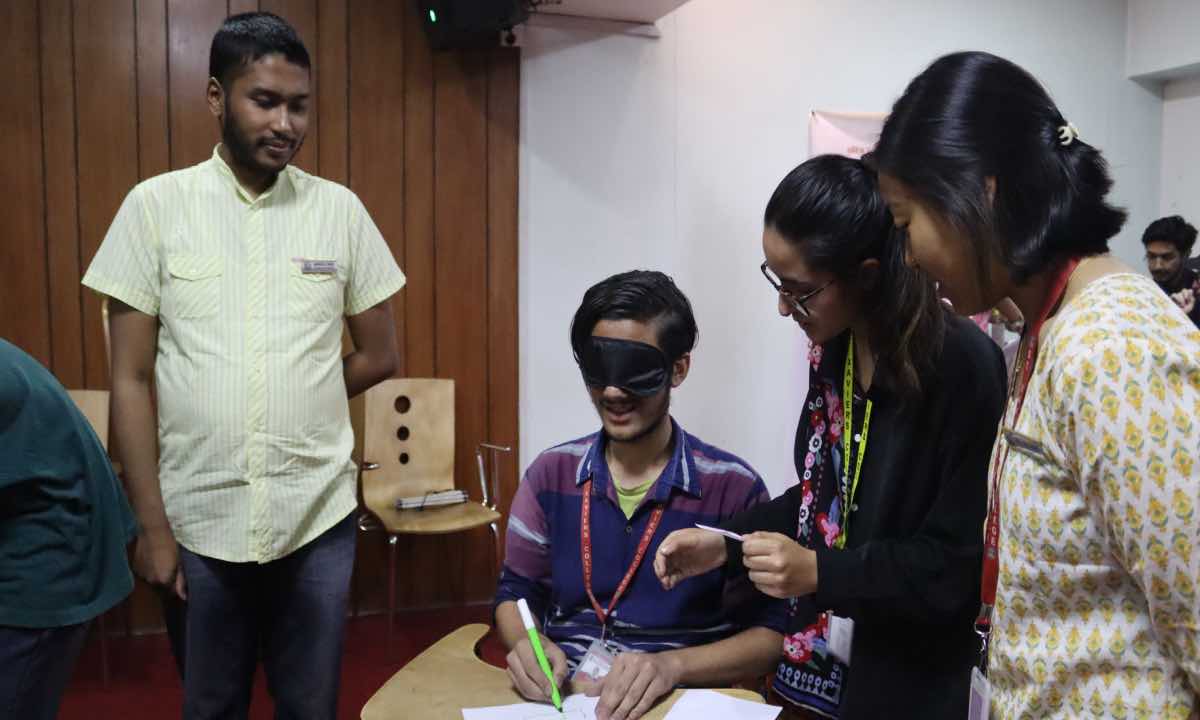

Just In
- Lungeli appointed as Minister for Labor and Transport in Madhesh province govt
- Bus knocks down a pilgrim to death in Chitwan
- One killed in tractor-hit
- Karnali Chief Minister Kandel to seek vote of confidence today
- Chain for Change organizes ‘Project Wings to Dreams’ orientation event for inclusive education
- Gold price decreases by Rs 200 per tola today
- National Development Council meeting underway
- Meeting of Industry, Commerce, Labor and Consumer Welfare Committee being held today








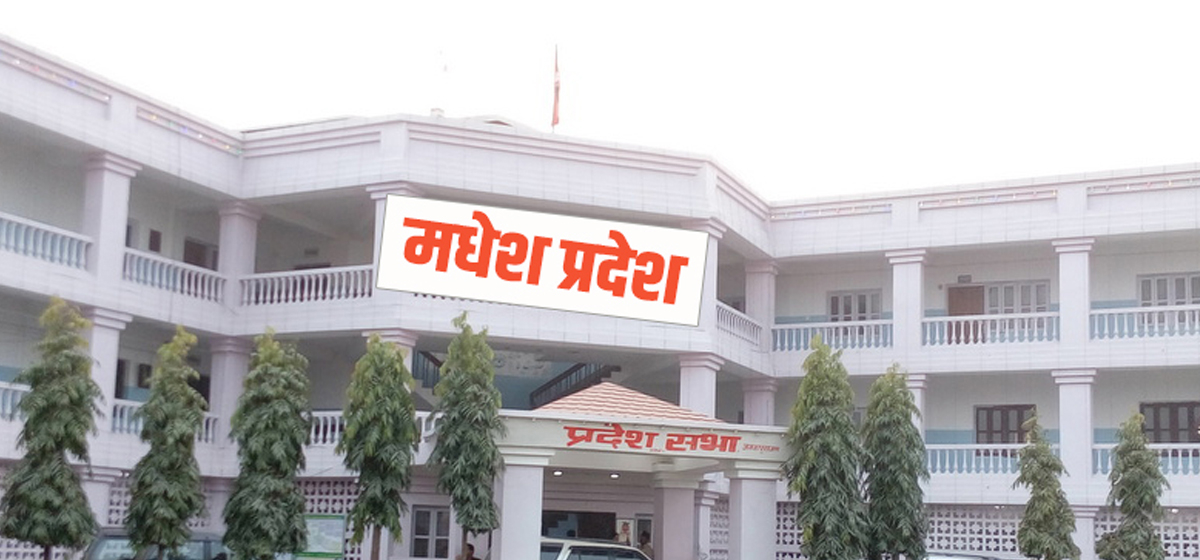

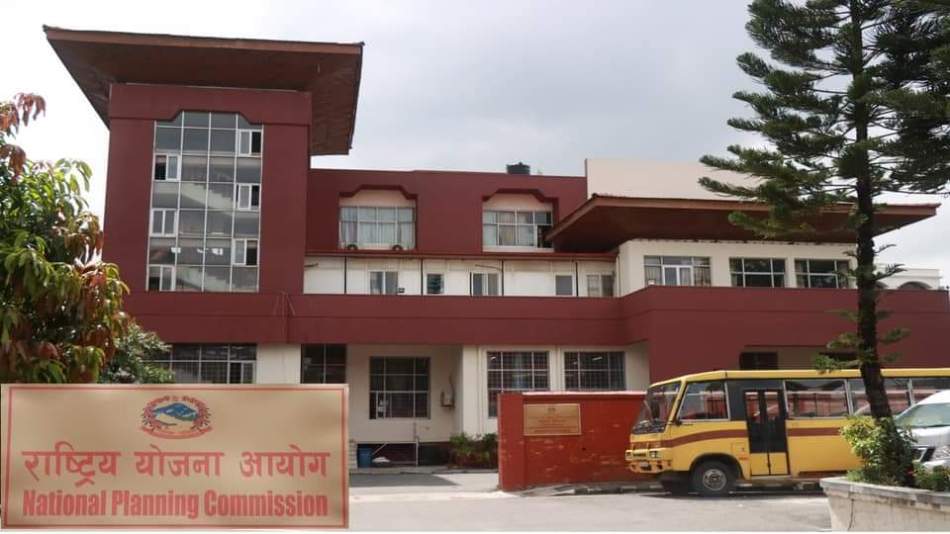
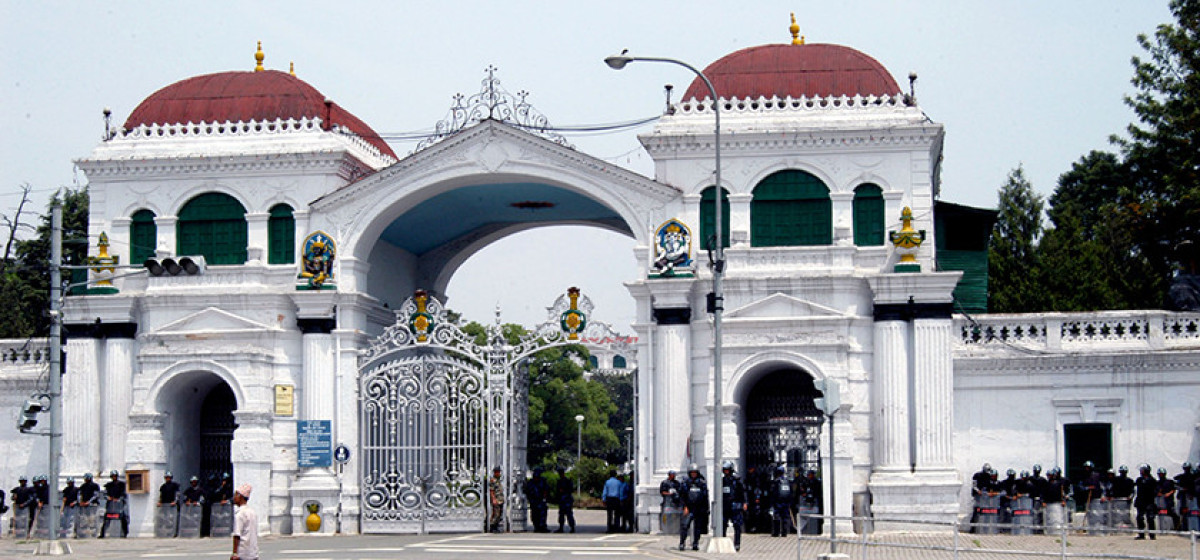
Leave A Comment